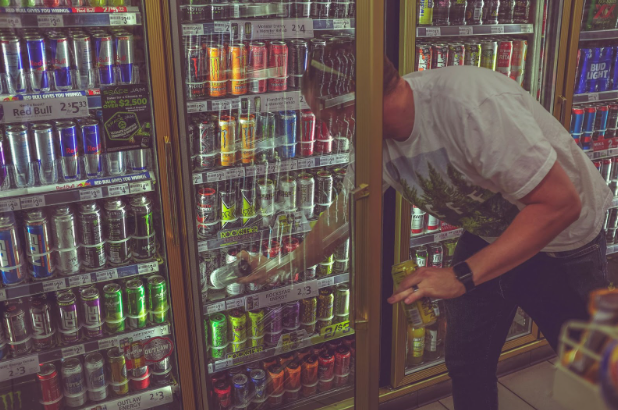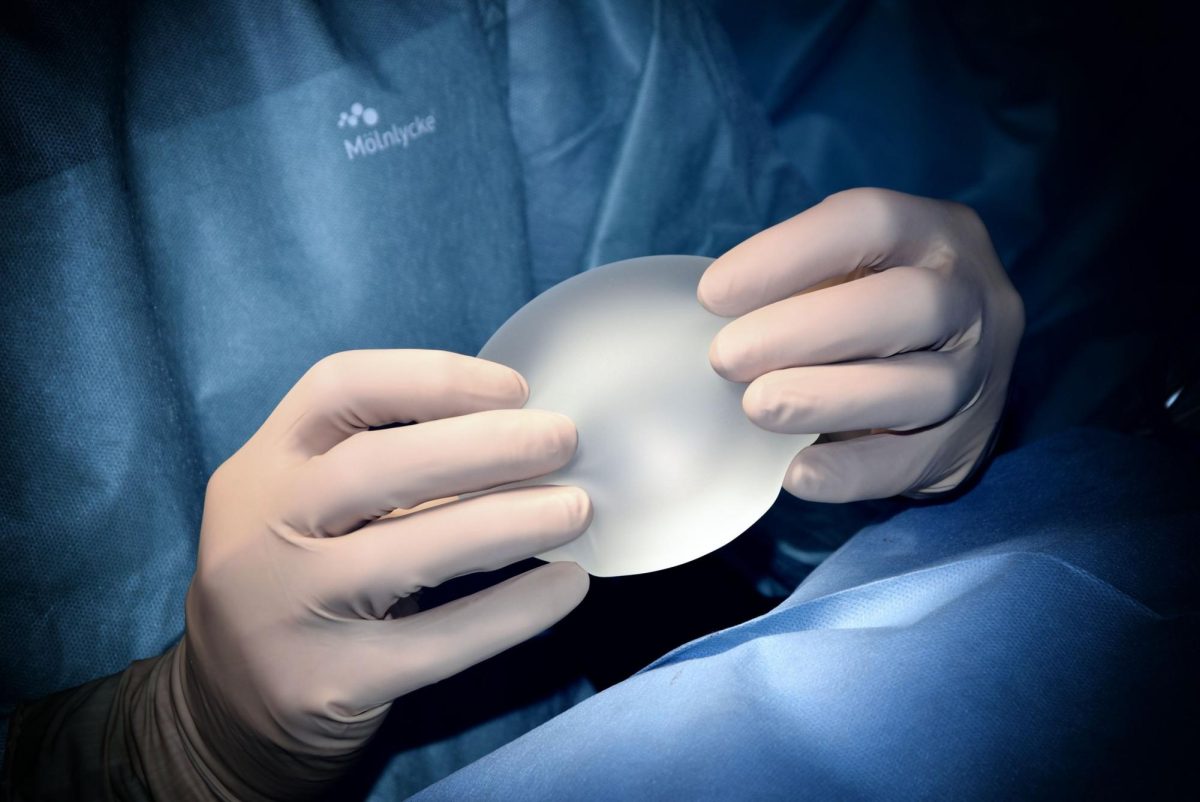In 2020, it was the sleek fox-eye look with blepharoplasties; in 2021, it was the hourglass look with BBLs; in 2022, it was the model-esque look with buccal fat removals; in 2023, it was the natural look with conservative surgeries.
The Kardashians and Bella Hadid have popularized all these cosmetic surgeries, now products of the cyclical pattern of trends, beauty, social media, and celebrity culture. People continuously pursue plastic surgery as if it were a simple change, much like changing one’s hair or choosing a new sweater for the day, but this obsession with surgery is far from normal- or safe.
The rise of social media, with apps such as TikTok, Instagram and Snapchat, not only changed the way people interact online, but also significantly influenced perceptions of beauty. With filters that completely change one’s body and face and countless videos of influencers sharing (and inadvertently influencing and promoting these procedures) their experiences with cosmetic procedures, social media has served as a model of beauty and what should be done to achieve beauty to many. These influences, often dubbed as the “Instagram effect” or “Snapchat dysmorphia,” play a significant role in projecting unrealistic standards of beauty.
People opt to harshly edit their photos to remain attractive on social media to keep their self-esteem intact and keep up with the latest fashion trends. With every celebrity and influencer portraying a “perfect” image online, social media has created a culture where the extreme— often life-threatening— extents one will take for physical perfection has become normalized. Individuals are presented with surgery being a desirable option, instead of a life-changing choice.
This normalization, in turn, exerts immense pressure on people to consider going under the knife to meet these new standards of beauty; this normalization exerts the fear of not measuring up to the idealized concepts of beauty. As these fears perpetuate the desire to attain a more aesthetically pleasing appearance, feelings of inadequacy lead a sense of urgency, which compels many to seek out surgical solutions, sometimes without fully weighing the potential risks and consequences.

Furthermore, as the rise of social media influencing and monetized content overtakes explore pages, there has been a surge in sponsored and promotional posts from plastic surgeons and clinics. These, often unauthentic, posts push unhealthy ideals of one’s image, encouraging viewers to get the procedure. As spurious posts compromise rational and informed decision making regarding plastic surgery, the chances of ignorant and life-threatening choices run high.
As desirable as the results of such a surgery may seem, the complications and risks lie highly. According to the International Society of Aesthetic Plastic Surgery, there was a 19.3% increase in the amount of BBL procedures in 2020 compared to 2016 as a result of a growing trend: a curvy body. Regardless of the popularity or the results this procedure gives, BBLs are considered the deadliest cosmetic procedure. In the procedure, one wrong move from the surgeon can result in fat embolisms, permanently damaged nerves and many more complications.
In a world where beauty is an economy that the famous control, an implication is set that following the newest celebrity-set trend with cosmetics procedures is the only way to be considered attractive, and to be considered socially acceptable. To get ahead in this economy, many opt to alter their appearance through surgeries. These trends, to some, promote self-improvement and confidence; to others, they promote anguishing harm to the mind and body.
Celebrity culture has had a significant influence on plastic surgery. Kim Kardashian and Nicki Minaj, for example, have inspired many to get procedures such as BBLs (defined by Michele Shermark, MD, “Brazilian Butt Lift [BBL], includes lipo-contouring of the back and waist area, with transfer of the fat to the buttock” done. While there are many dangers in pursuing surgery, people have been continuously influenced to pursue it, especially those who idolize certain celebrities. Surgery is, therefore, seen as a key to being closer to the person they wish to be.
With a new look dominating social media every few months, it would be probable that many would try to get these looks through surgery hastily without consideration to the health risks. Many choose to get surgeries consecutively because of the fast-paced nature of these trends. Frequent surgeries can lead to increased physical risks, such as infection, scarring, hematoma, nerve damage, and even life-threatening issues like blood clots or adverse reactions to anesthesia. Moreover, the rapid cycle of surgery trends may encourage excessive surgeries, which often leads to damaged tissues, slower healing, and botched results.
This perpetual cycle not only places a significant physical burden on patients but also poses mental health risks, as individuals may experience anxiety and depression if they perceive themselves as continually falling short of the ever-changing beauty ideals.
As celebrities rapidly cycle out different “looks,” strict standards of beauty are continuously reinforced. Increasing amounts of individuals are being profoundly harmed by these standards which are often unattainable. Those who don’t fit into those labels often experience feelings of physical inadequacy and dysmorphia due to a restrictive definition and structure of beauty. Consequently, individuals often grapple with anxiety, depression, and a relentless sense of not measuring up to the impossible measures of beauty that celebrities have set.
The way beauty and self-enhancement is holistically viewed inevitably varies as it continues to be influenced by celebrity culture and social media. While trends like these inspired some to explore cosmetic procedures for self-improvement, they also carry inherent risks, both on the physical and mental side. The thought of changing beauty ideals has created an environment where individuals may make impulsive decisions, often disregarding the necessary careful consideration of the potential health risks associated with cosmetic surgery.
The wealthy and famous’ tendency to commodify beauty continues to have damaging consequences. With the current generation, the power and responsibility of influencers can’t be underestimated. Embracing plastic surgery to this extent should be more personal and confident in pursuing it, not just following the latest social media trend.













































































